Strategy and necessity of using disposable suction cups – Part One
Introduction
Nosocomial infection control is a very important issue that has always been of interest to those responsible for caring for patients. In addition to increasing mortality, this problem also leads to increased treatment costs. The estimated cost of a nosocomial infection in the United states in 1995 was estimated at $5.4 bilion. with the increasing complexity of medical care and the increasing number of patients, the susceptibility to infections has increased and as a result, the observance of special principles for controlling infections as well as researching and investigating its causes is felt more than before.
Definition of Nosocomial Infection
Nosocomial infection is an infection that affects people who are hospitalized while they are in the hospital. Infections that usually present after 48 to hours are considered nosocomial infections, and if they occur less than 48 hours after the patient is admitted. since 1984, there has been a discussion of standard precautions, which generally treat all body fluids and secretions, whether or not they contain blood, as infectious, and apply general precautions to them.
People with Nosocomial Infections
There are a total of three groups of people at risk for nosocomial infections:
– patients
– Medical staff
-people in the community
– Hospital staff protection standards
Prevention of nosocomial infections by forming an infection control committee
The world Health organization (WHO) has enacted a regulation called Universal precautions, and has recommended it to all medical staff in general. These principles were first developed by the Us centers for disease control (CDC) in 1987. It soon took on a global dimension and was endorsed by the world Health organization and many major countries health organizations. So that today it has become one of the daily issues of world health organizations. In our country , these principles have been proposed since 1369 and several books have been written about it, and also in many hospital organizations, “ Infection control committees “ have been formally formed.
Transmission of Infection in the Hospital
Status of nosocomial infection control in Iran
The results of research show that the situation in Iran regarding the control of nosocomial infections is in a bad condition. Unfortunately, we do not have accurate statistics in this regard in the country, but according to international statistics, more than 2 million people in the world suffer from nosocomial infections every year. Of course, the prevalence of nosocomial infections affects most countries and is not limited to Iran.
According to global statistics, $ 17 billion to $29 billion is spent annually on the treatment of nosocomial infections, while proper investment in the control of nosocomial infections, treatment costs can be saved.
Prevention and Control of Nosocomial Infections
Here are three key pointers in moving forward.
A: Eliminate or limit the reservoirs of organisms
B: cut the transmission chain
C: protect the host against infection and disease
Preliminary conclusion
Therefore, observing hygienic principles and sterilization and presenting new solutions to reduce and control nosocomial infections by nurses and hospital staff in different wards, especially in wards where the possibility of infection is high such as ICU/CCU/NICU operating rooms that have special conditions and It is very important to hospitalize patients with special conditions and weak immune systems.
Do you know that? 80% of nosocomial infections are preventable? 12% of infectious diseases originate from hospitals? Most hospital infections reported in the ICU? Do 19,000 people worldwide
Die each year from nosocomial infections? Has the spread of nosocomial infections increased the occupancy of beds? Nosocomial infections cause one-third of deaths in hospitals? 24% are all nosocomial infections related to the surgical ward?
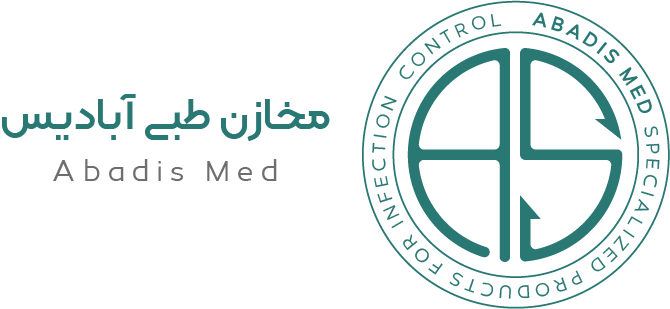



















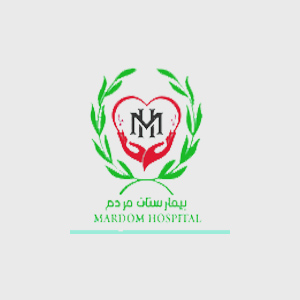
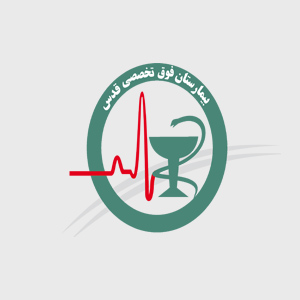
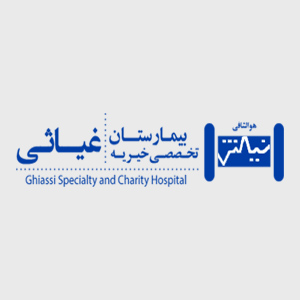










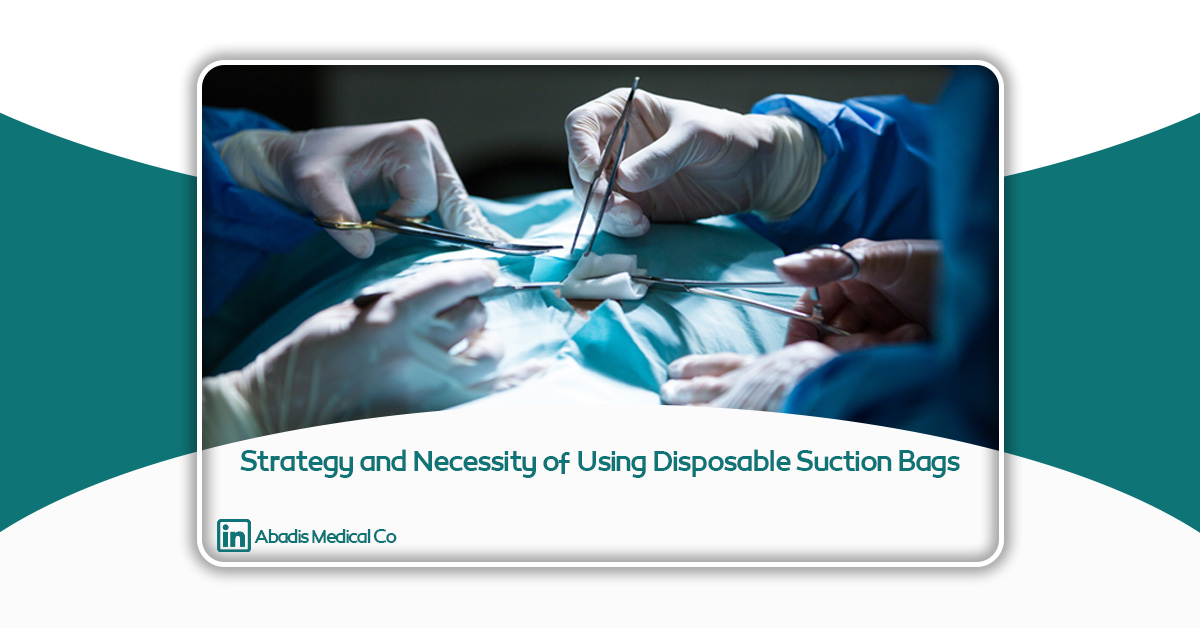
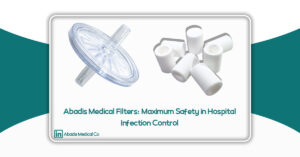

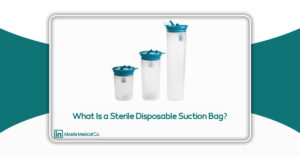




One Response
it is very good passage about suction bag